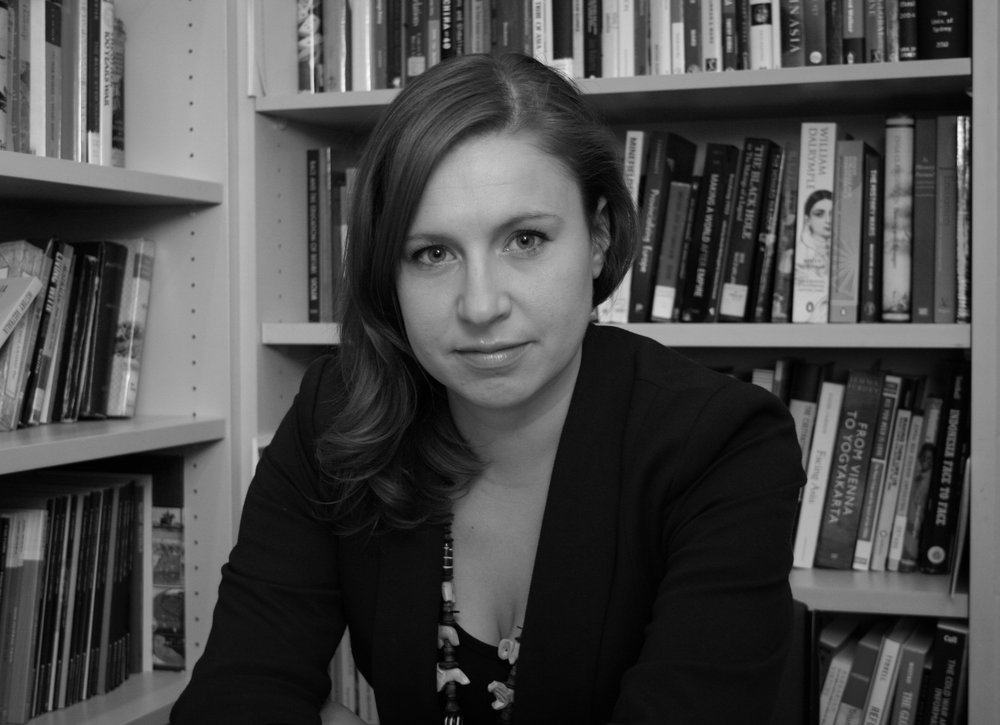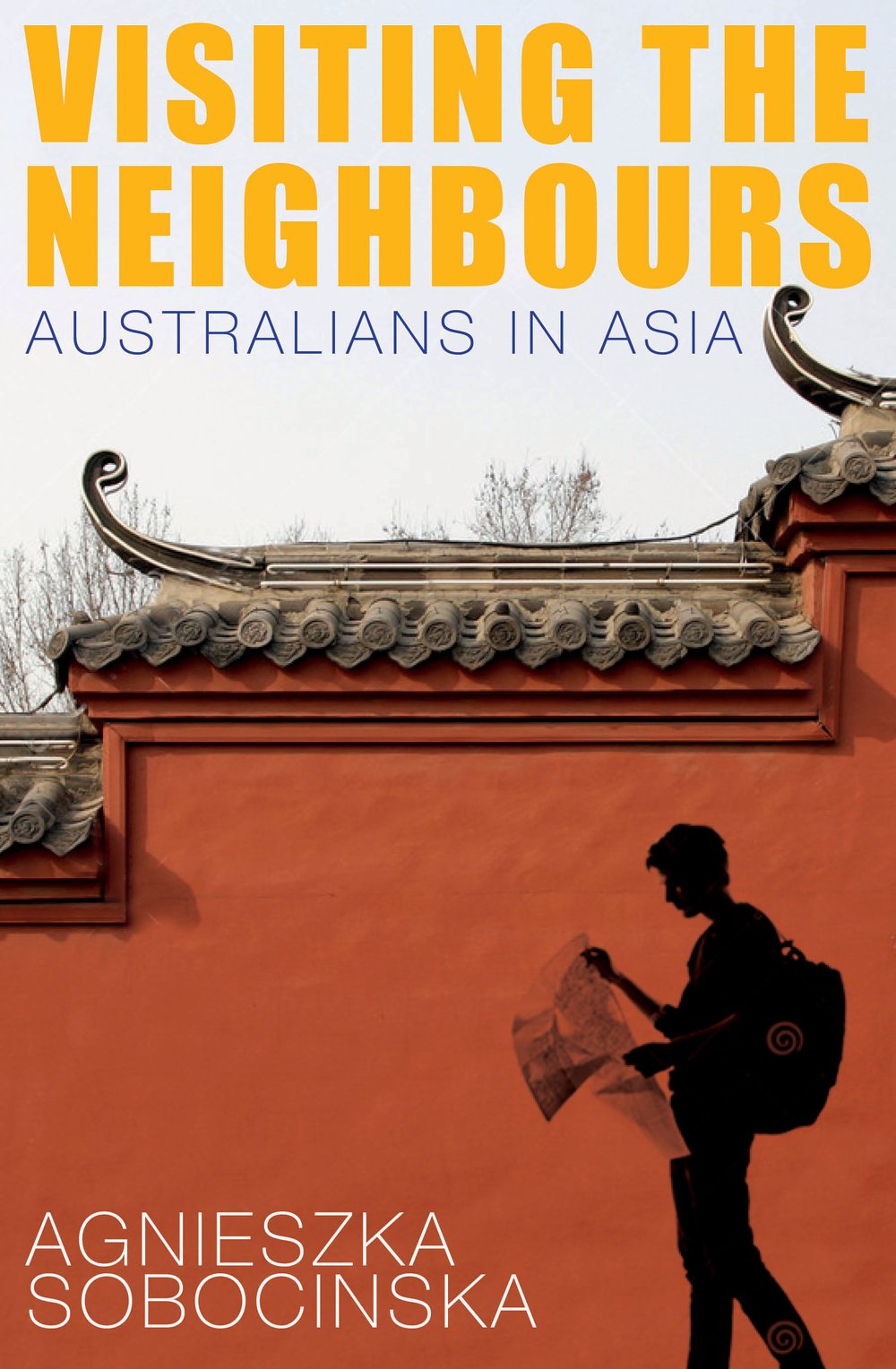A million Australians went to Bali last year, following the millions of others who have made their way across Asia over the past century.
My first experience of Asia came during a family holiday to Bali in the late 1990s. We lived it up in a swank resort, our every whim tended to by obliging and ever-smiling Indonesian staff. My brother and I debated whether it was OK to leave our dirty clothes on the floor. I was uncomfortable with maids picking up after us; he told me that it was their job and that I had an inferiority complex – or was I being patronising?
Over the next few days, we were continually confronted by situations that challenged our assumptions and tested our ethics. We felt a gnawing guilt every time we refused a hawker who obviously needed the money more than we did. I refused to watch a cockfight, but must’ve spent hundreds of dollars on shoes I would never wear – surely just as offensive in a country where nearly one-fifth of the population lived in absolute poverty. Learning something about Balinese culture and Indonesian politics was also fascinating, and highlighted how little I had known before. My family’s varied responses to the culture, the people and the climate made for lively discussions.
Our holiday was not extraordinary, but it made a big impression. I was hooked.
Since that time, I’ve spent several years travelling, living and working in Asia and now teach university courses on the history of Australia’s relations with the region. Fifteen years on, I’m still moving along a path that can be traced back to that trip to Bali.
Other travellers had even more profound experiences that led them to reassess their opinions about Australia’s place in the world. In Visiting the Neighbours, we will meet travellers like William Wade, a middle-aged Sydneysider who set off to Hong Kong and Tokyo in 1962. A lot of his preconceptions were shattered. He found the cities to be clean and efficient; far from being backward, in some ways they were more advanced than Australia. Moreover, the Chinese and Japanese were clever, hardworking and honest. It wasn’t long before he began to wonder if Australian politicians weren’t being foolish in their determination to keep them out. Wade had always been politically conservative, but after only a few weeks in Asia he became convinced that the White Australia Policy should be relaxed, and relations with Asia strengthened. He returned with an entirely new view of Asia, which he increasingly summed up in one word, conveying both the spectacle and the promise of Asia: marvellous.
Wade’s political reassessment is notable because it was so rapid and so complete and because it was thoroughly documented (he had purchased a new tape recorder in Hong Kong, and recorded a number of audio cassettes during his travels). But Wade was not categorically different from many other travellers who reconsidered their views about Australia and Asia as they visited the region.
More Australians travelled to Asia than Europe for the first time in 1968, and this has been the case every year since 1981. Since 1998, more Australians have been heading to Indonesia than the United Kingdom. Tracing these patterns reveals that ordinary Australians have been redefining Australia’s place in the world for over a century.
This is an edited extract from Visiting the Neighbours: Australians in Asia by Agnieszka Sobocinska, out now from NewSouth.



